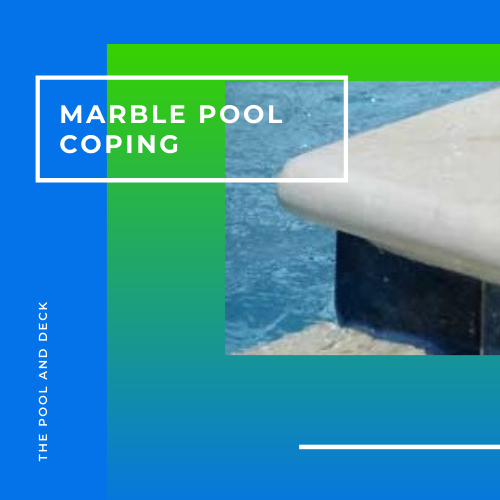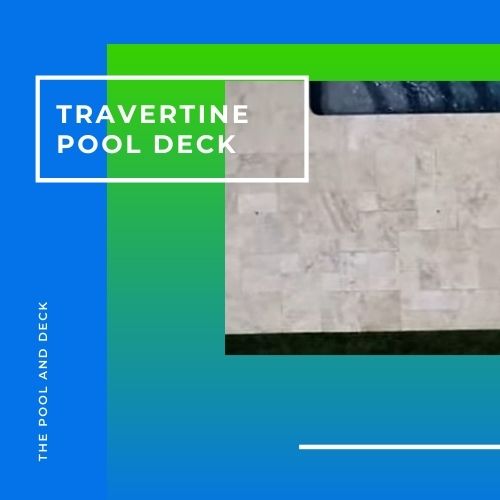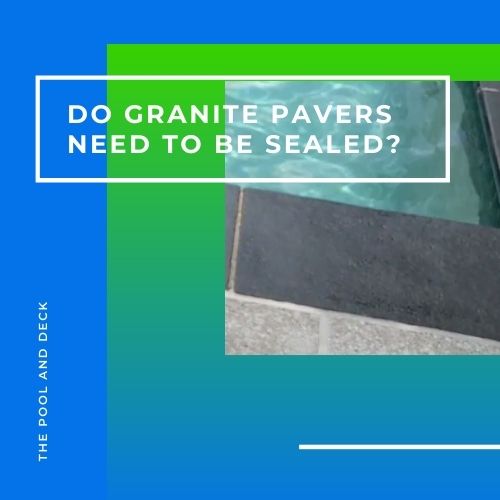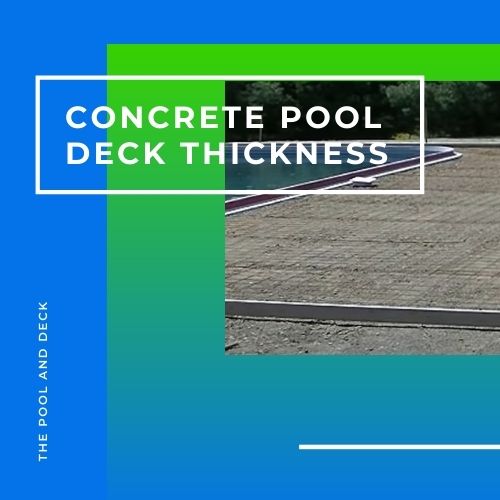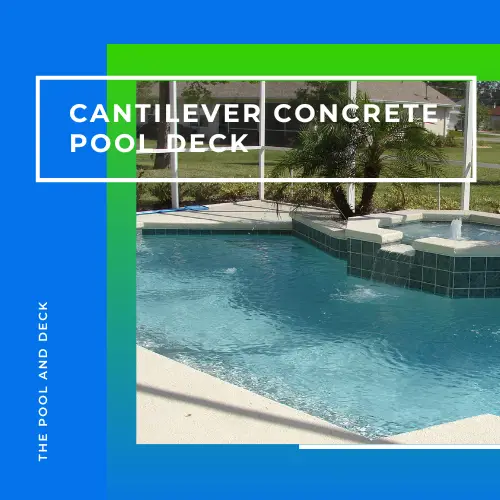Is Granite Coping Slippery? (Important Stuff You Need To Know!)
thepoolanddeck.com is a participant in the Amazon Services LLC Associates Program, an affiliate advertising program designed to provide a means for sites to earn advertising fees by advertising and linking to Amazon.com . The website is also an affiliate of a few other brands. The affiliate links never increase your purchase price. We do appreciate your support. Thank you very much!
Table of Contents
Is Granite Coping Slippery?
You have finally made your dreams come true. You are ready to build a luxurious home for yourself and your family. And of course it will have the most stunning pool in the backyard. So the deck has got to be granite. But, is granite coping slippery?
Granite coping is, in fact, not slippery. Granite is, arguably, the best natural stone for pool coping. Sandblasted, flamed or bush hammered granite further increases slip resistance. Textured granite coping & deck has an enduring, timeless, weathered appeal.
Smooth polished granite has a charm of its own. But it has a place too. Counter tops!
Granite is among the hardest natural stones available for construction. So it is not surprising that a lot of kitchens in American homes have polished granite countertops and backsplashes.
Textured finishes are more the norm for pavers and outdoor tiles. Lightly sandblasted granite provides grip but is still smooth under bare feet. Flamed finish granite pavers and tiles are made by torching the surface to cause an exfoliated finish.
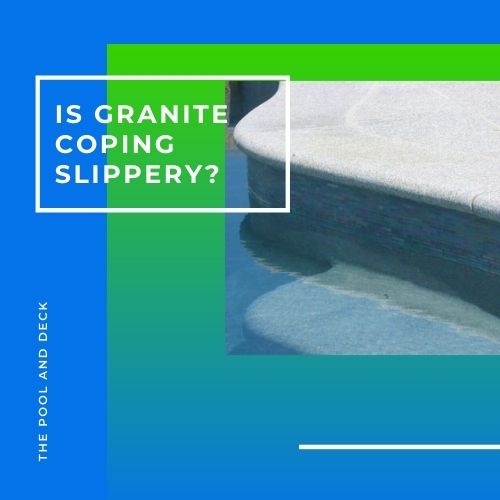
You can choose a granite pool coping in the color and texture that you like. No matter what your choice you are guaranteed of exceptional looks, slip resistance and high durability.
Are you ready to pick your granite pool coping and paver? Not so fast. It is a good idea to do some research first. Learn as much as possible about granite coping & pavers..
This post should be a good start. I will tell you all that you need to know about granite, granite pool coping & pavers and why granite may be the best natural stone for your dream pool deck.
Once you have read the post, do visit a granite showroom nearby. You must see and feel the various options available to decide the best one for your project.
So let me start with the basics.
What Is Granite Stone?
Granite is formed when hot molten magma within the earth’s crust cools and solidifies. Granite is an extremely hard, dense, crystalline rock.
Granite and marble are often compared as they are used for some of the same applications such as countertops, floor tiles and pool pavers. But they differ both in origin and composition.
Granite is an igneous rock and is mostly composed of silica (quartz) and alumina. Marble is a metamorphic rock and is mostly composed of calcite. Limestone and travertine are also very popular natural stones used for pool decking. They are sedimentary rocks and mostly composed of calcite.
Granite rock is widely distributed and found all across the globe. The top 5 states where granite quarries are located are Texas, Massachusetts, Indiana, Wisconsin, and Georgia.
America’s Shrine of Democracy, Mount Rushmore National Memorial features the 60-foot faces of four great American presidents carved into the granite face of Mount Rushmore.
Polished granite is mainly used inside the house or commercial buildings as countertops, backsplashes, flooring tiles, etc. Rough or textured granite is used outdoors as pavers and wall cladding.
Why Do Pools Need Coping?
Pool coping is not essential. Some pools, such as infinity pools, do not have pool coping. But a vast majority of residential pools do have coping.
Coping is the horizontal cap on the vertical pool shell wall. Coping can be concrete, cast on site or precast. It can also be made from slabs or tiles of natural stone such as granite or travertine.
Coping is the pool frame and separates the pool structure from the pool deck. It also protects the top edge of the pool shell. Pool coping sits on the pool shell’s bond beam.
Pool coping serves the following important functions:
- De-link the pool deck from the pool structure
- Protect the pool bond beam from water ingress
- Direct water splashing to pool drains
- Helpful grip for swimmers
- Non-slip walking surface around the pool
- Add a visual transition from water to deck
Granite pool coping is particularly useful in providing a non-slip perimeter to the pool. Granite pool coping provides grip and is not slippery, making it easy for swimmers to jump off and climb back. Even kids running and playing on the granite pool coping are quite safe.
How Do You Choose a Pool Coping?
In my opinion there are three parameters that you must consider when deciding on the best coping for your pool.
Material
The most popular pool coping is concrete, usually cast in situ. The reason is that concrete is the most economical, durable and popular pool decking. A concrete pool coping is the perfect match to a concrete pool deck.
The materials that you can choose from are:
- Concrete, cast in situ
- Concrete Pavers
- Natural Stone
- Brick
- Wood & Composite
Natural stone pool decks and copings are less common as they are more expensive. Not everyone wants to spend the extra money. However, natural stone is great for pool decks and coping. The initial cost is high but the classy, earthy looks alone are worth it. They are durable and functional too!
Among the natural stones, granite and travertine are most suitable for pool copings. Both are not as slippery as other stones or even smooth or sealed concrete. Granite coping is costlier than travertine but needs less maintenance and lasts longer.
Finish
Pool coping should not have a smooth, polished texture. Polishing will make most materials slippery when wet. And of course pool coping will be wet when the pool is being used.
The material should also not be sealed. Sealing a pool coping fills out the texture profile of the coping material. The result is a sealed pool coping will be slippery when wet.
For example, even if your pool deck is sealed, stamped concrete, it is better to have your pool coping in a brushed concrete finish. Brushed concrete is among the least slippery concrete finishes.
If you have chosen to go with a natural stone pool deck and coping, a sandblasted finish on granite or travertine is the way to go. The other finish option is “flamed”.
Both these finishes make granite rough so that it will not be slippery when wet. Both finishes result in amazing aesthetic looks. Other options such as bush hammered, acid etched, honed, etc. are also worth a look.
Style
There are a few pool coping styles to choose from. Each has its pros & cons.
- Drop Edge: The stone paver is L-shaped. The vertical edge is short and drops towards the pool. The corner is sharp.
Drop Edge style gives a very modern look to a rectangular pool.
- Cantilevered: The edge overhangs on the pool and has a slightly curved corner. Cantilevered coping allows the deck surface to blend seamlessly with the pool’s edge.
Cantilevered style is safer, as straight edges of Drop Edge style are sharp and can result in cuts & bruises.
- Bullnose: forms a rounded edge at the lip of the coping. This type of coping is very helpful when swimmers want to grip the edge and pull themselves out of the pool.
Bullnose style is perfect for natural stone pavers like granite and is great for curved pool perimeters.
To summarize, a granite or travertine pool coping in sandblasted or flamed finish in bullnose or cantilevered style will be durable, non slippery and classy.
Thank you very much for reading the post. I do hope you found it informative and helpful.


